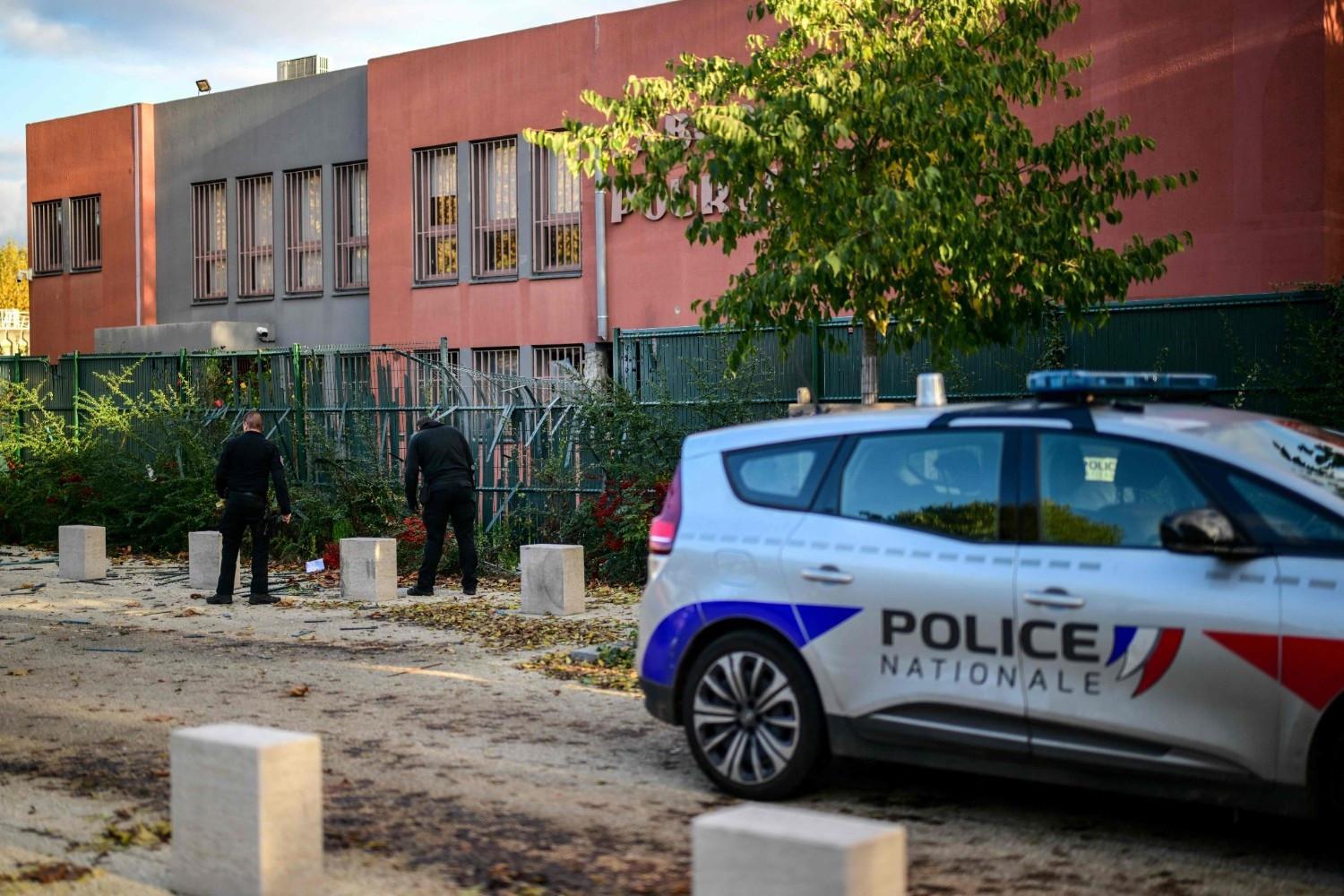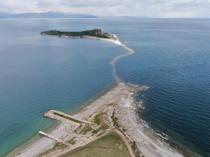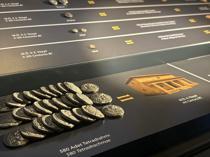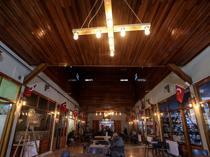Bone tools, beads unearthed in Direkli Cave
KAHRAMANMARAŞ
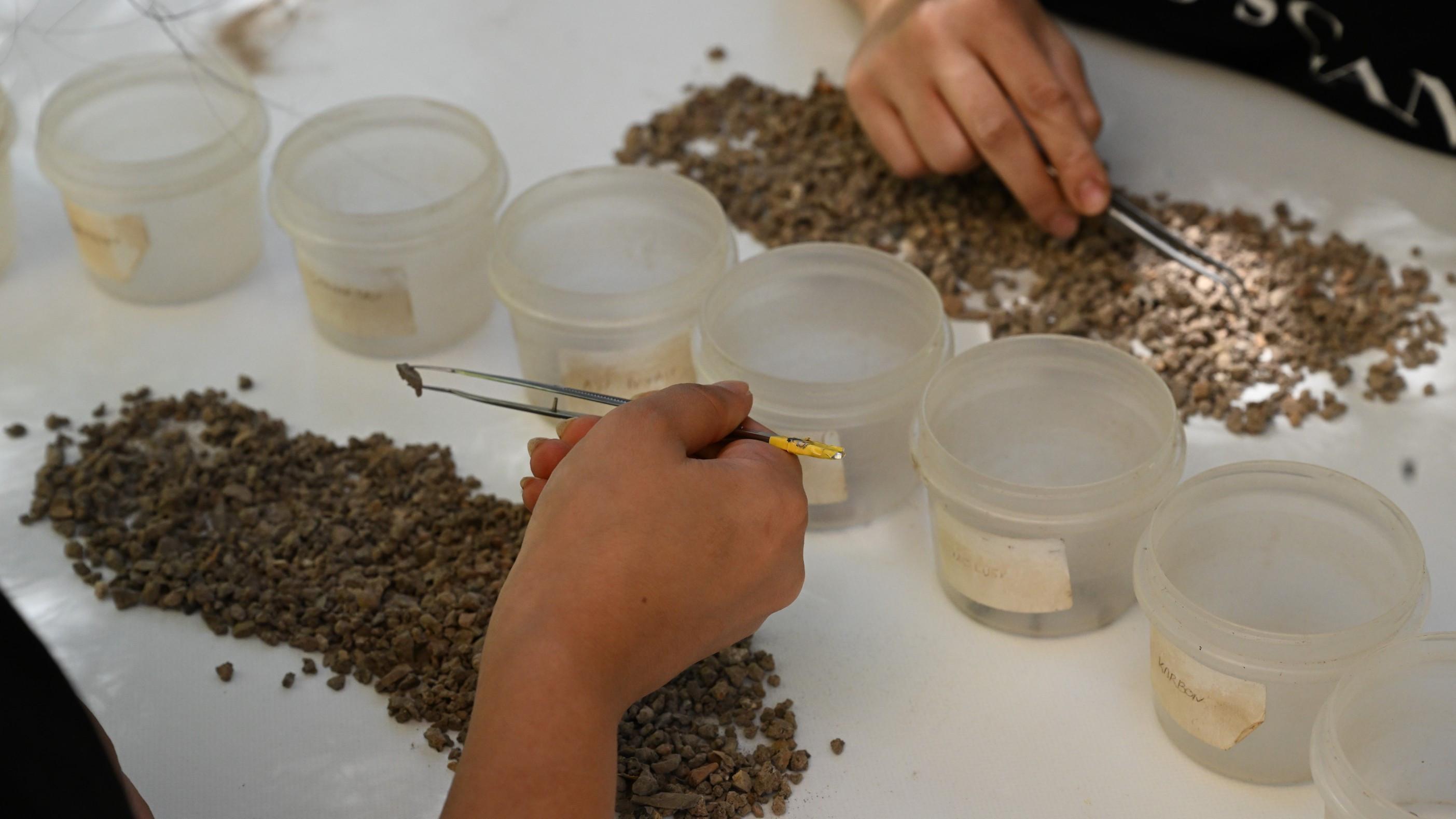
Archaeological excavations at Direkli Cave in the southern province of Kahramanmaraş have uncovered two bone piercing tools (awls) and four perforated beads dating back around 13,000 years.
Cevdet Merih Erek, head of the excavation team and professor of archaeology at Ankara Hacı Bayram Veli University, said that this year’s excavation season has been completed.
Erek said that the team, which began excavations about 19 years ago, has made significant findings over the years. “This season, we unearthed four perforated beads and two awls made of bone,” he said.
Noting that one of the awls was likely used for piercing stone beads and the other for leatherwork or clothing production, Erek added, “The differentiation in this tool industry and the use of various materials in different fields point to a certain level of industrial development during that period.”
He also said the newly discovered beads are believed to have been used to adorn the dead. “People of that era tended to decorate the deceased as if they were alive, reflecting their belief in continuity,” he stated.
Erek recalled that bone and stone beads had been found in earlier seasons as well. “The beads found this year were located in the seventh archaeological layer, dated using the carbon-14 method. This layer corresponds to around 11,000 B.C., meaning these items are approximately 13,000 years old. As we go deeper, we reach even older periods,” he explained.
He added that the accumulation process inside the cave took a long time, noting that even a 3 to 5 centimeter-thick layer could represent a timespan of 1,000 to 2,000 years.
Noting the archaeological and historical significance of Direkli Cave within the Kahramanmaraş region, Erek said: “Excavations at Eşek Deresi Cave and Direkli Cave reveal evidence of an Anatolian cultural development that dates from 8,500 to 14,000 B.C.”





